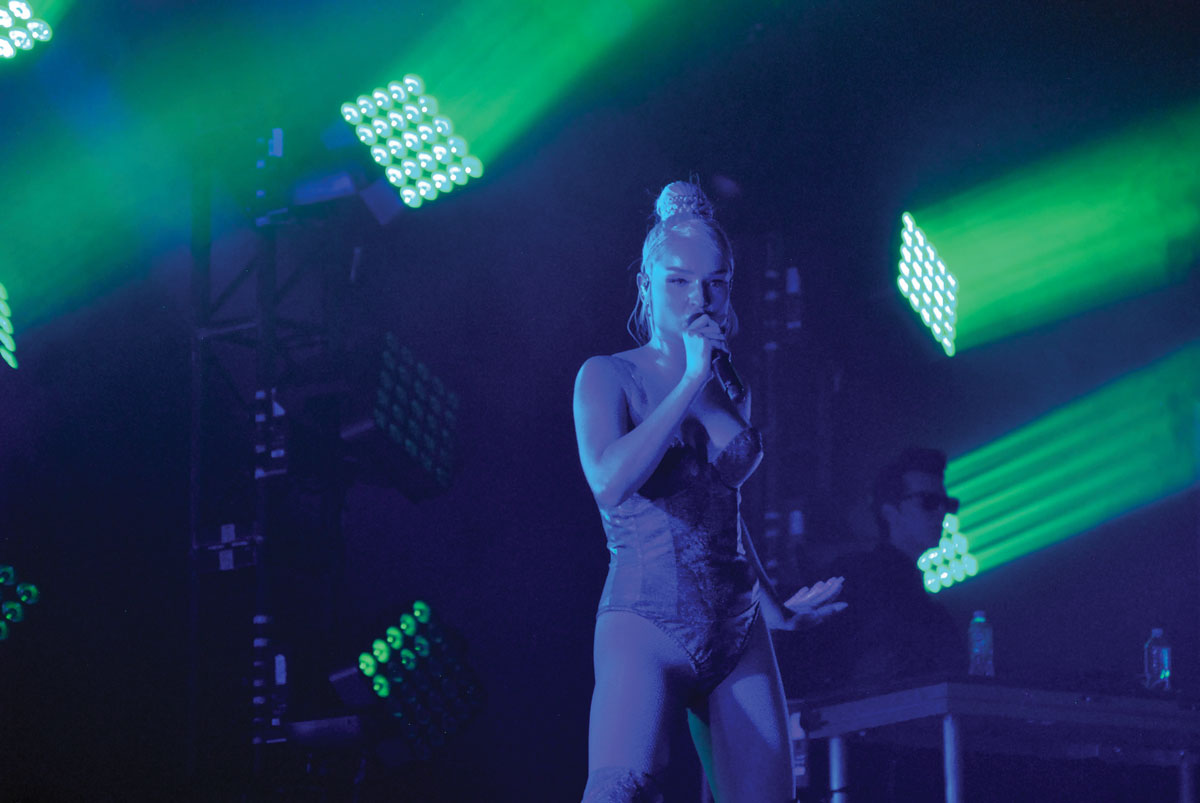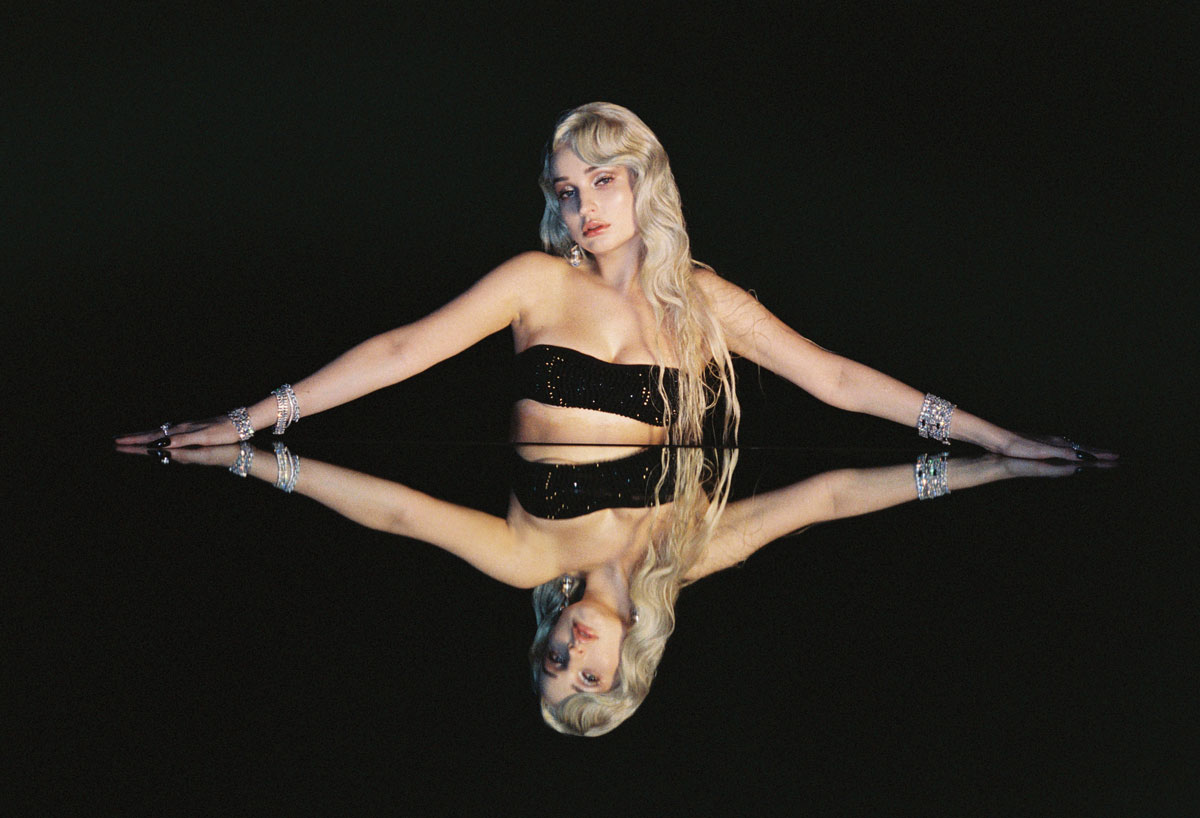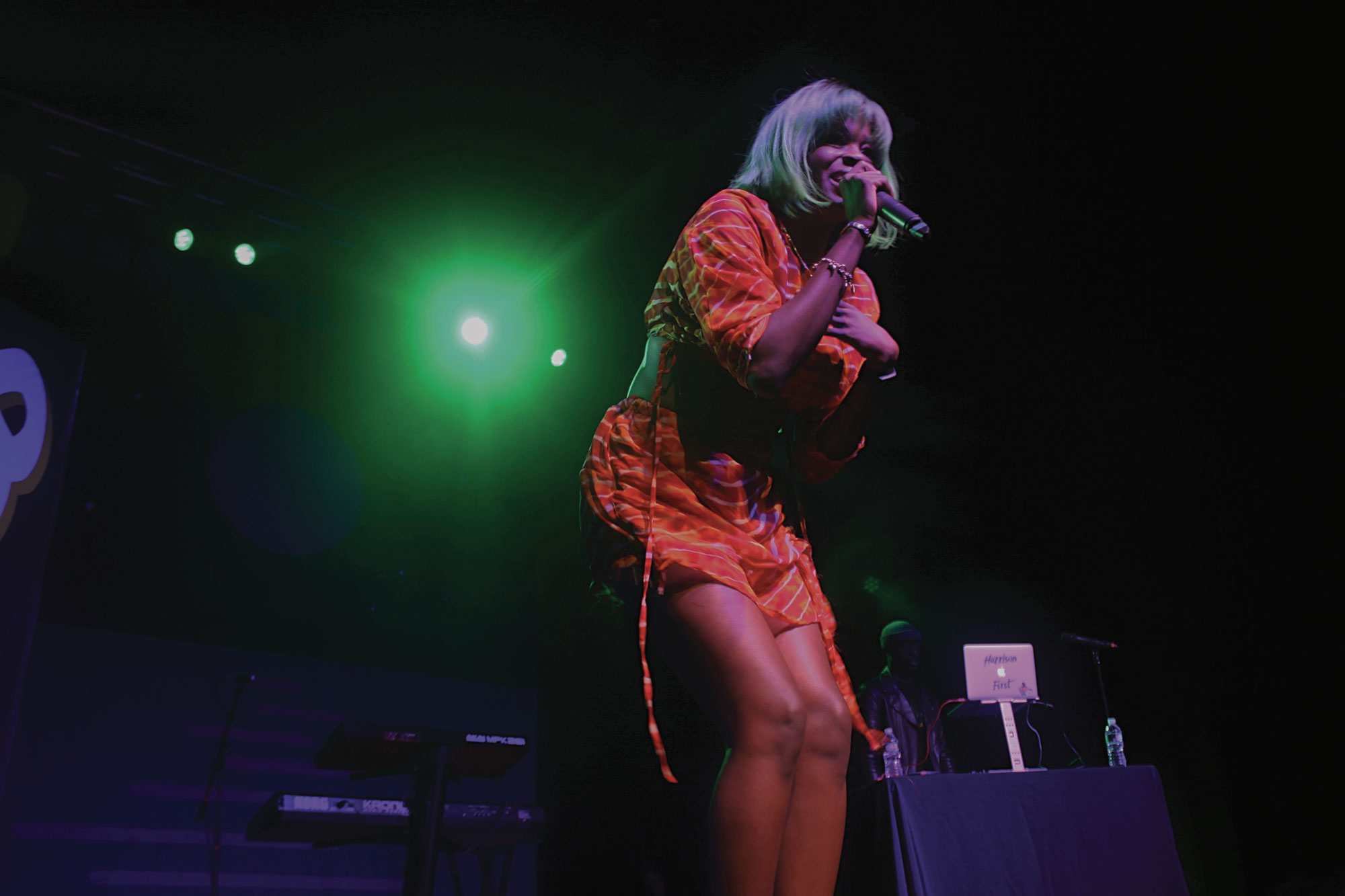Making a really good documentary about a musician is a delicate dance. You want to be forthcoming and vulnerable, but you don’t want to destroy the narrative your publicist has been in the media. You want to show the music and how it’s made, but only if it’s going to make you look undervalued or worthy of your critical praise. You want to be relatable, but you have to remember that your career makes you inherently different than those who will watch. You want to cover the stories everyone already knows, but be able to provide enough new information to keep it interesting.
Taylor Swift’s new Netflix documentary, “Miss Americana,” is able to pull off a majority of these things. The 86 minute film, which premiered Jan. 23 at the Sundance Film Festival, explores the singer-songwriter’s journey to stardom and the effects it has had on her.
The film largely concentrates on the period of time after “1989,” when her massive star power suddenly became a huge liability. It chronicles the creation of her two most recent albums “reputation” and “Lover,” follows the stadium tour that accompanied the former and discusses many of the headlines Swift made during that time.
The documentary is built around the deconstruction of the beliefs Swift held onto at the beginning of her career. “My entire moral code, as a kid and now, is a need to be thought of as good. It was all I wrote about. It was all I wanted. It was the complete and total belief system that I subscribed to as a kid,” she states early in the film.
Throughout the documentary, you see this belief system push the star to new heights, her drive and ambition being obvious results. But there is much more exploration into the darker side of this belief.
A montage chronicling her meteoric debut album and early success is punctuated by the incident at the 2009 MTV Video Music Awards. This moment is declared as the beginning of several psychological hang-ups that Swift has largely kept quiet about until this documentary. Explaining the lasting consequences of this, she says, “When you’re living for the approval of strangers and that is where you derive all of your joy and fulfillment, one bad thing can cause everything to crumble.”
Swift discusses her struggles with an eating disorder, depression and general insecurity. She can be extremely self-deprecating — at one point declaring she has a “really slappable face” — and is hyper aware of any potential criticism that may result from her smallest actions.
One of the themes that rings through the most is loneliness. There are many points in the film where she discusses how alone she feels — like after her second time winning Album of the Year at the Grammys, during the height of #TaylorSwiftisOverParty. These moments leave you with a heartbroken feeling.
Swift is more open and honest in this film than she has ever been. Many of the film’s most honest and captivating moments are not even captured by the documentary crew. There are various moments captured by Swift, her team and her family when the crew wasn’t there, like the moment she found out “reputation” was not nominated in the major categories at the Grammys and the moment she declared her first political stance on Instagram.
“Miss Americana” is a troubling portrait of stardom in modern times. But Swift is resilient and bold. The documentary captures a huge turning point in Swift’s career but largely leaves the business out of it. It focuses on her personal drive. The stakes of success and failure aren’t logged in dollar amounts but lasting mental trauma. For fans of Swift, the documentary is a deeper look at the star they know and love. For the rest, it is an explanation of the cold and calculated victim the media has spun her to be.






